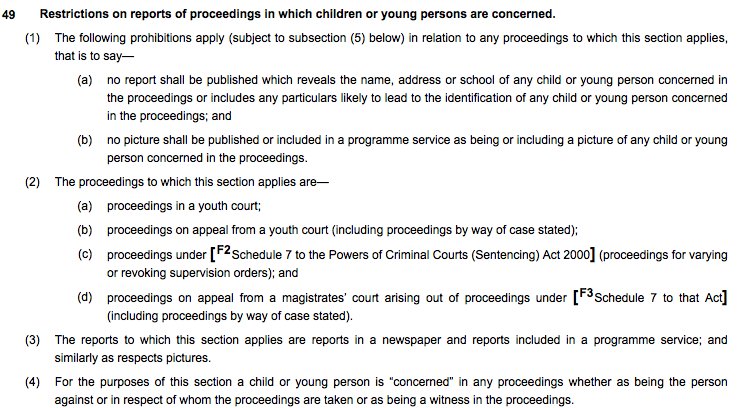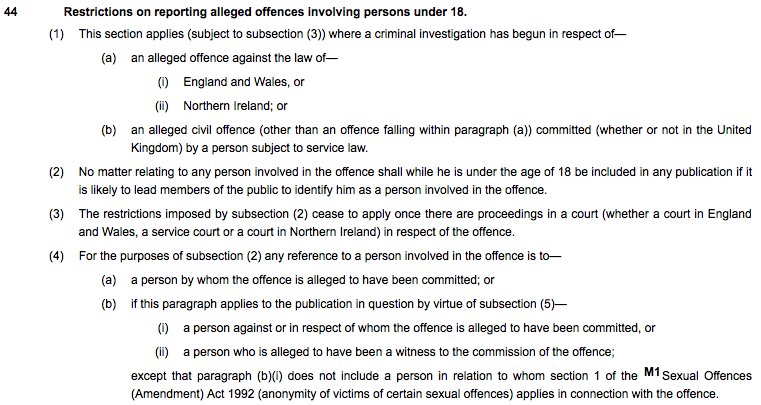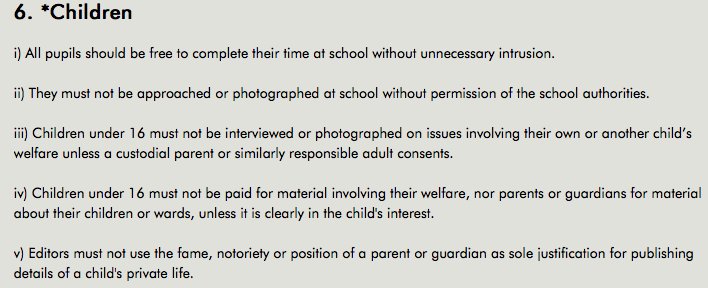WHEN the Contempt of Court Act made it onto the statute books in 1981 Twitter founder Jack Dorsey was five, Facebook’s Mark Zuckerberg was yet to be born.
Zuckerberg founded Facebook in 2004; Dorsey co-created Twitter in 2006.
Understandably then, the legislators of 1981 could have had no concept of what publication would mean in the age of the Internet. Yet here we are almost 40 years later applying that same legislation to a 21st century digital media.
And it doesn’t fit.
The Contempt of Court Act 1981 was a piece of legislation that attempted to strike a balance between the right of an individual to have a trial free from prejudicial publicity; and the rights of people generally to freedom of expression.
But then prejudicial publication could only be carried out by a handful of national newspapers and there were only two broadcasters in the UK – BBC and ITV (albeit ITV was made up of a number independent regional broadcasters).
Even if you added in regional newspapers you are still dealing with publishers that might number in the tens that might publish something prejudicial about a particular case. Keeping a lid on things was relatively straightforward and the occasional prosecution had the effect of sharpening awareness among those titles that might be pushing at the boundaries.
Now publishers number in their millions. Ordinary users of Facebook or Twitter may not have follower numbers that rival a newspaper’s circulation, but that is to dismiss the viral effect of social media. One tweet is retweeted by ten followers, and ten each of theirs retweet it, and so on. Soon you get up into newspaper circulation numbers.
But for contempt, and other laws, it is not just the viral way in which posts are spread. More pernicious is the way in which users reinforce each other’s behaviour, which can have the effect of encouraging, or condoning, breaking the law.
You see this happening quite often in online communities and it is one of the factors that contribute to so-called ‘trolling’ behaviour.
It works something like this:
- One user will post something that is close to what is acceptable behaviour, and nothing happens to them.
- A second user decides they will push it a bit further, still nothing untoward happens.
- Other users might make encouraging remarks, they might ‘like’ or repost the offending comment.
- The effect of the platforms algorithms mean all those users interacting in this way get more content like this pushed at them, they all see more of each other’s posts and comments on this subject and others like it.
- The effect of this is to create a micro-community that validates and normalises this behaviour. They don’t see anything wrong with it because they are all doing it. The normal checks and balances that operate in society to prevent us behaving in a bad way cease to operate in an online community that takes this turn.
You see this with trolling behaviour and harassment online and you see it in commentary on court cases and crime. This is a real problem for contempt law.
Of course, one might take the view that if people behave so badly they can take their knocks with a prosecution for contempt and a hefty fine or even a prison sentence.
The threat of prosecution kept newspapers and broadcasters in line for the most part, why shouldn’t it work for social media?
Newspaper editors and broadcasters sat up and took notice when someone was prosecuted for contempt. It was, and is, reported by the trade press. In-house lawyers would send round memos reminding staff of contempt law. Trainers like me would incorporate examples into our sessions to highlight the dangers.
None of that happens on social media. Facebook doesn’t put out a memo; Twitter doesn’t offer its users any training. To do so would be to accept a responsibility for what their users do and that is a precedent the platforms do no want to set.
So users, unless they keep a very close eye on such matters, do not get to hear about contempt prosecutions. Worse still they do not know about court orders that are meant to have the effect of keeping publishers in line.
When Jon Venables and Robert Thompson were released after a life sentence for the kidnap, torture and murder in 1993 of James Bulger they were made the subject of lifelong anonymity orders forbidding anyone from publishing a picture of them as adults, or revealing anything about their whereabouts or their new identities.
Last month, the actor Tina Malone was issued with a summons to the High Court after allegedly posting a picture said to be one of the killers. Malone has said she did not know sharing such an image was illegal.
In another case Cleveland Police appealed to social media users to show restraint in the wake of the death of a young man in Teesside. Elsewhere trials have been relocated as a result of widespread prejudicial commentary on social media.
Ignorance of the law is no excuse, but generally we all have an idea about the laws we should not be ignorant of, be it anything from speeding to murder.
The orders placed on Venables and Thompson were made 18 years ago. Journalists know about them, it is our job to do so. Is it reasonable to expect people who do not work in media, who might not even have been born when James Bulger died or his killers were released, to know about them as well?
News organisations train their staff to know all this. I know, because I deliver the training to many of them.
You don’t get a beginners’ media law course when you open a Facebook or Twitter account. Perhaps you should, but then, again, to provide this would be accepting a degree of responsibility for what users do, which thus far platforms have scrupulously avoided.
The platforms are uniquely placed to deliver easy-to-understand guidance to their users to try to avoid some of the most outrageous examples of contempt. If contempt law is to survive, maybe it is time they reconsidered their refusal to do so.
- If you are worried about contempt of court, this post – Contempt of Court and How to Avoid It, is far and away the most popular one on this site, so you are not alone and hopefully will find it as useful as others have.







